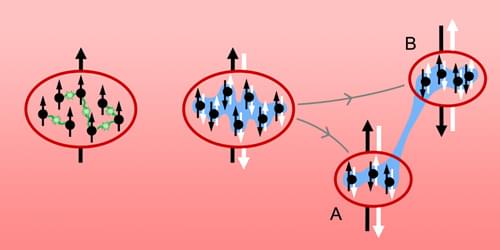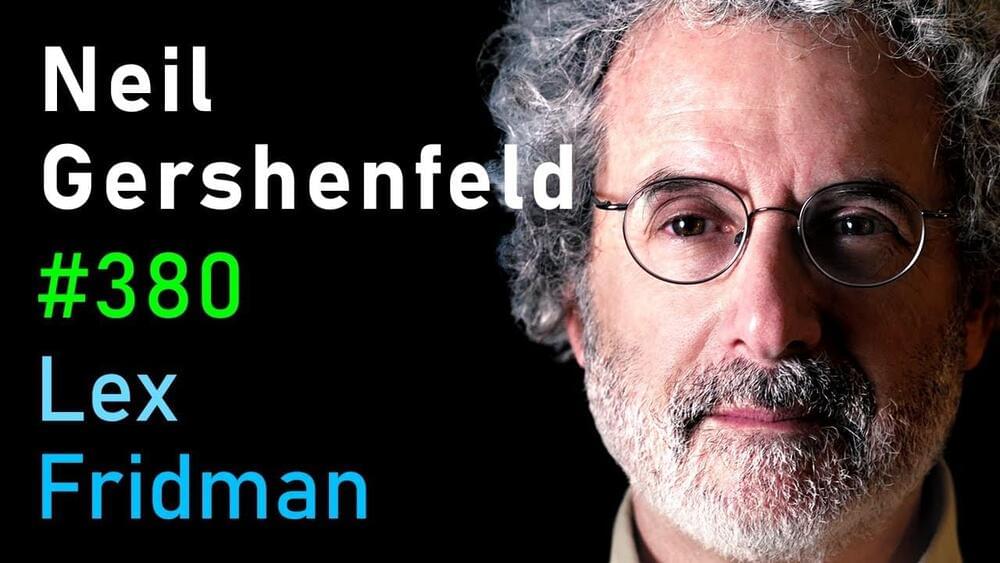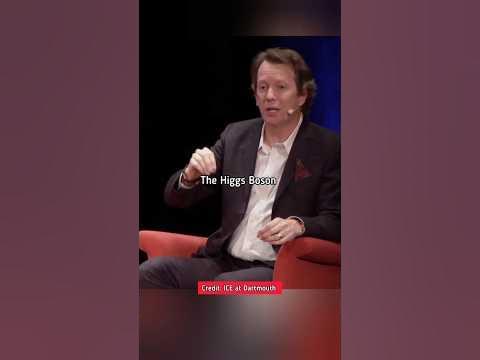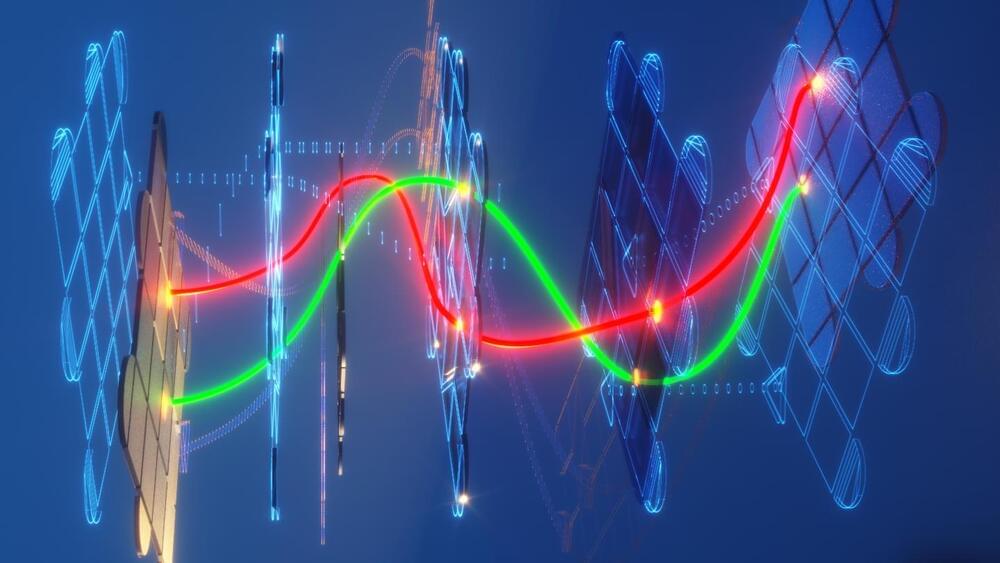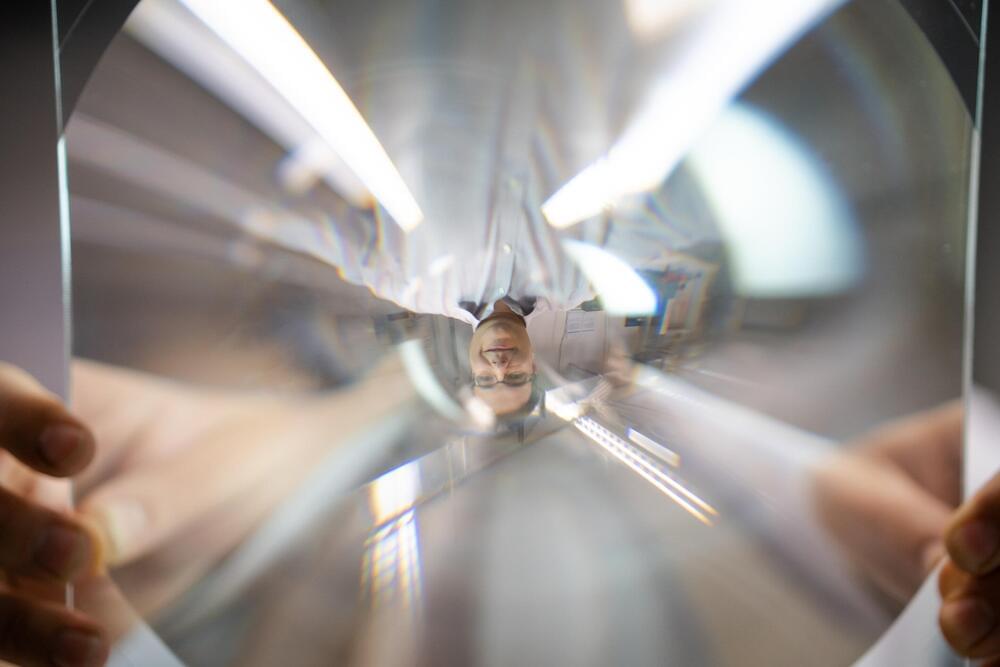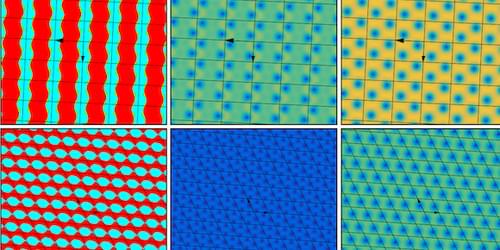
An unusual kind of superconductor harbors magnetic vortices that researchers predict should be readily observable thanks to the striped configurations they adopt.
In a nematic superconductor, electron pairs are bound more strongly in one, spontaneously chosen, lattice direction than in the others. This rotational symmetry breaking of the pairs’ wave function is just one of this type of superconductor’s unusual properties. A leading candidate to exhibit nematic superconductivity, copper-doped bismuth selenide, is also predicted to sustain surface charge-carrying quasiparticles known as Majorana fermions, which researchers think could be used for superconducting quantum technologies. What’s more, nematic superconductors harbor topological solitons known as skyrmions, whose complexity gives them many ways to arrange themselves and whose small size and low energy have attracted interest for data storage technologies. Now Thomas Winyard of the University of Edinburgh, UK, and colleagues have calculated the various skyrmion configurations that could arise in a nematic superconductor [1, 2].
The physicist Tony Skyrme came up with the concept of a skyrmion in 1961 when working on a particle physics problem. In the 2000s, the quasiparticle was then linked to condensed-matter systems when it was discovered that quasiparticles could also be used to explain magnetic vortices in certain thin films.

